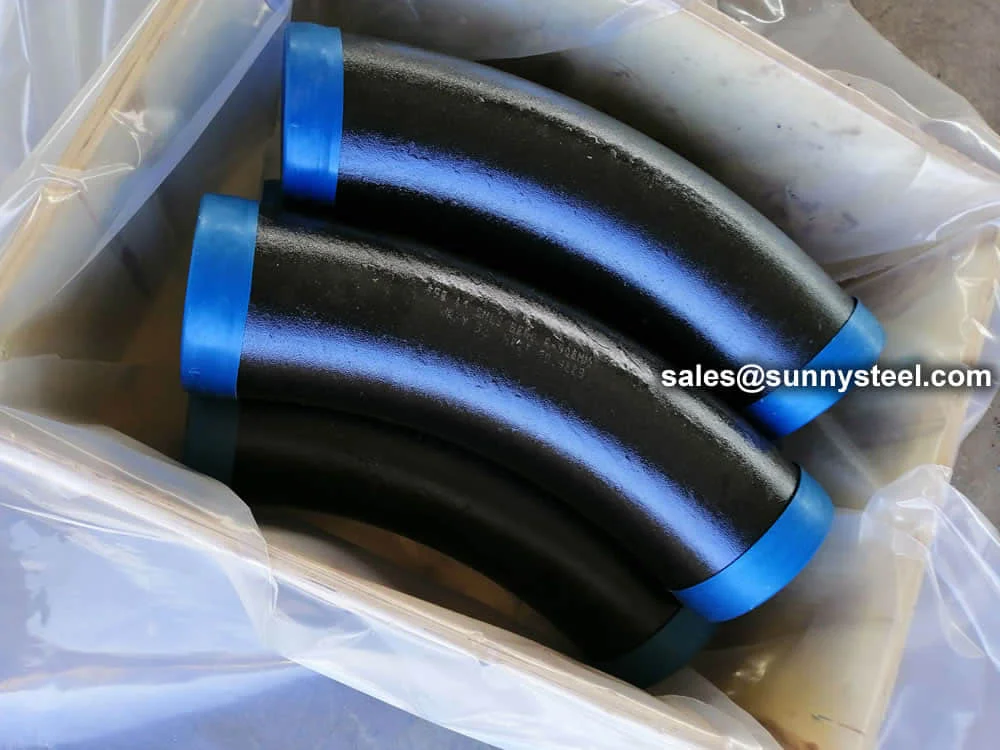
Seamless And Welded 5d Pipe Bends For Optimal Flow In High-pressure Systems
5d pipe bending solutions, crafted from carbon and stainless steel, designed for corrosion-resistant industrial piping in oil and gas, power generation, and automotive applications with superior flow efficiency.
Seamless And Welded 5d Pipe Bends For Optimal Flow In High-pressure Systems
5d pipe bending solutions, crafted from carbon and stainless steel, designed for corrosion-resistant industrial piping in oil and gas, power generation, and automotive applications with superior flow efficiency.
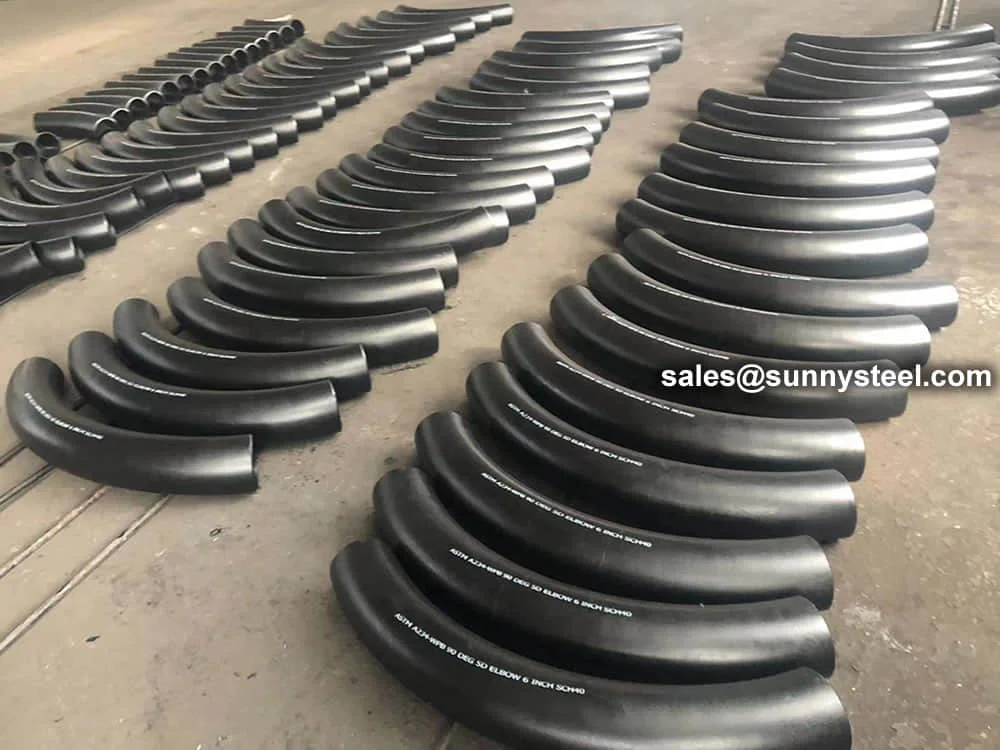
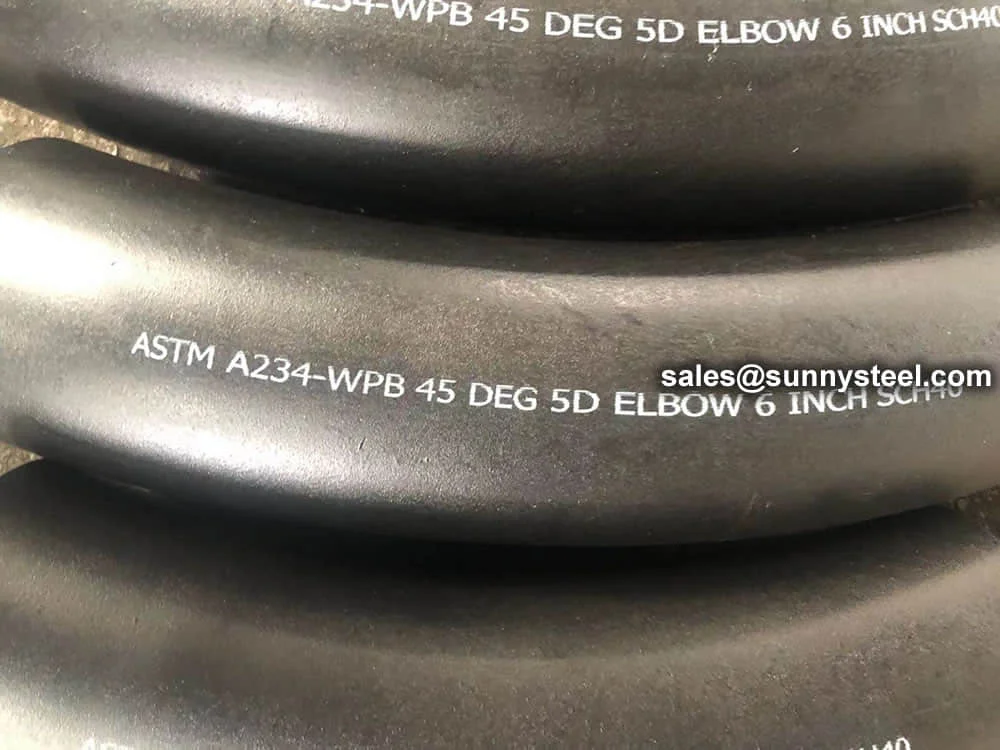
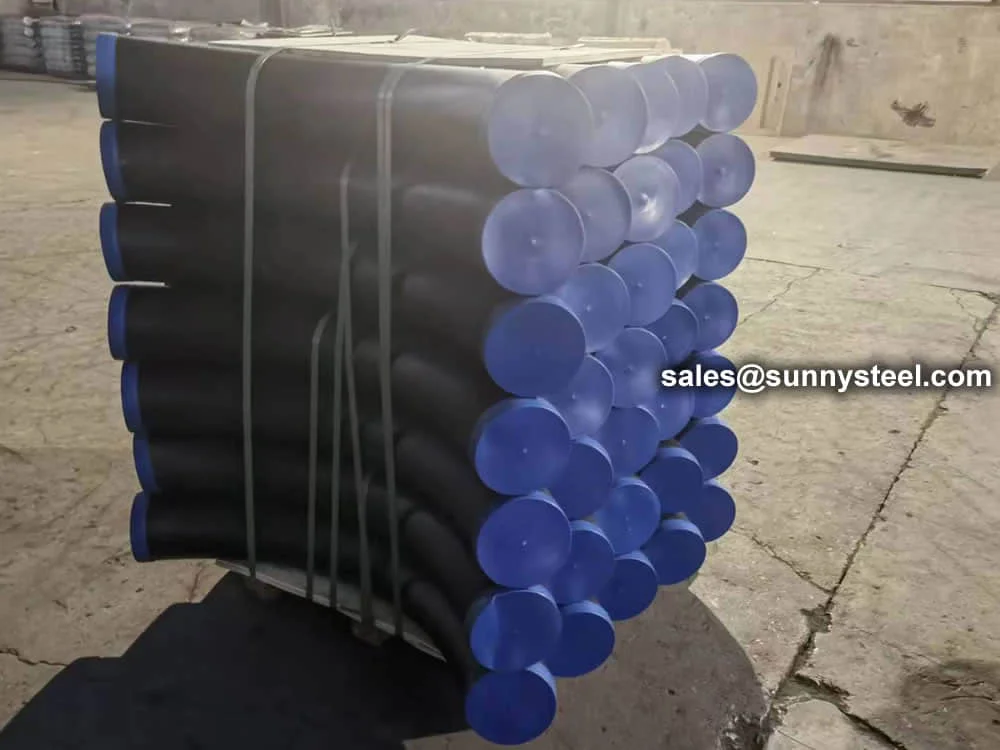
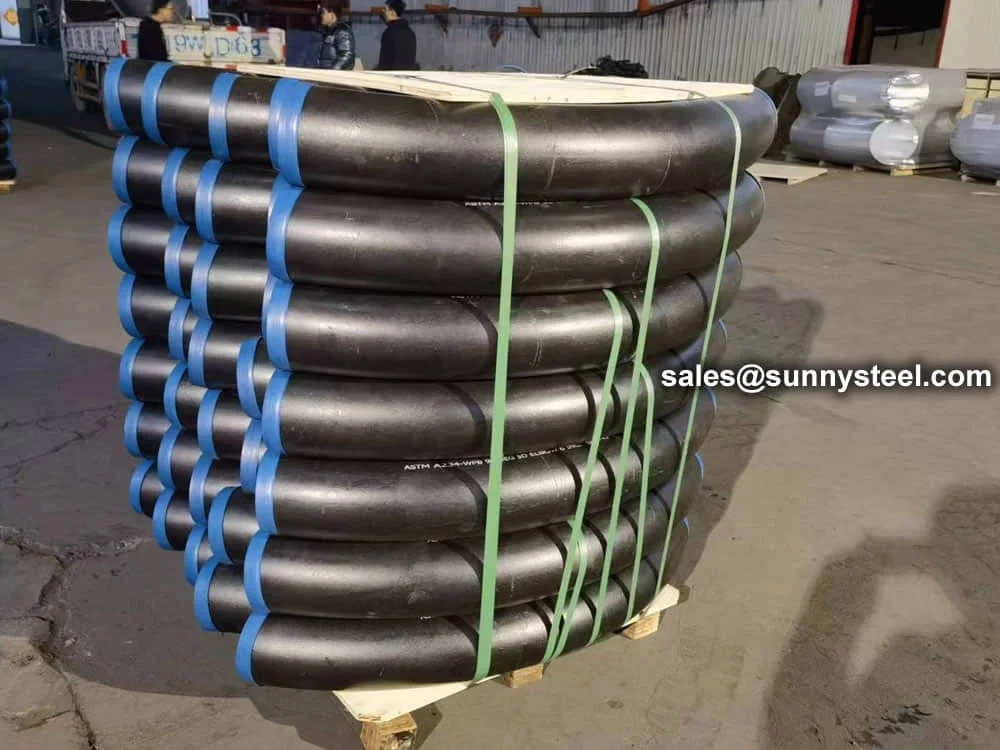
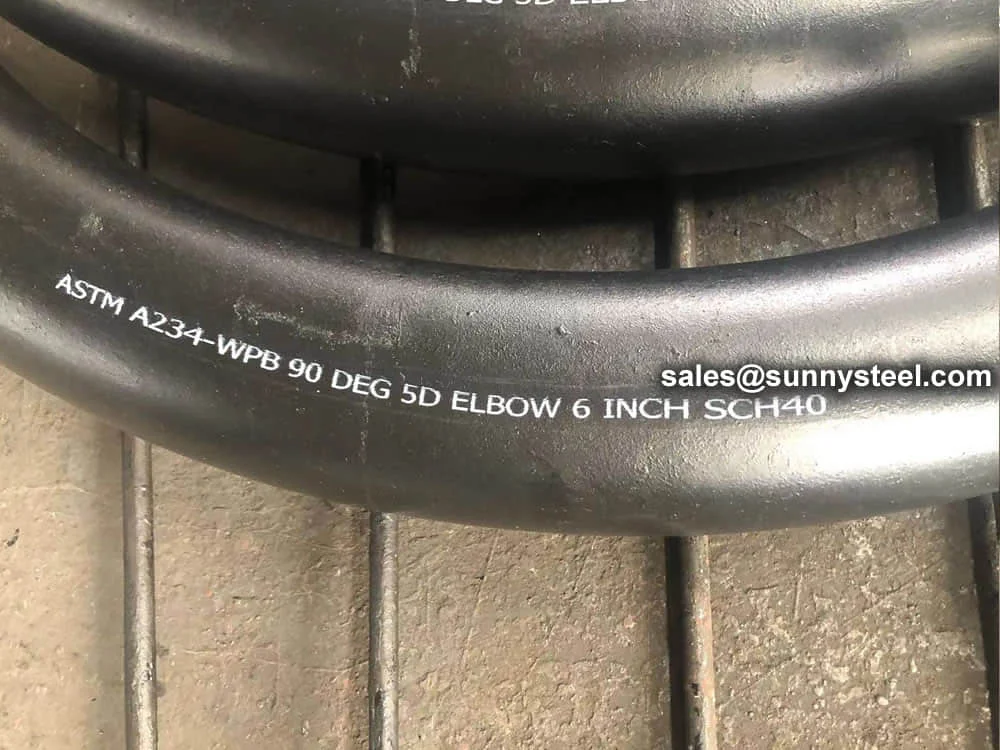
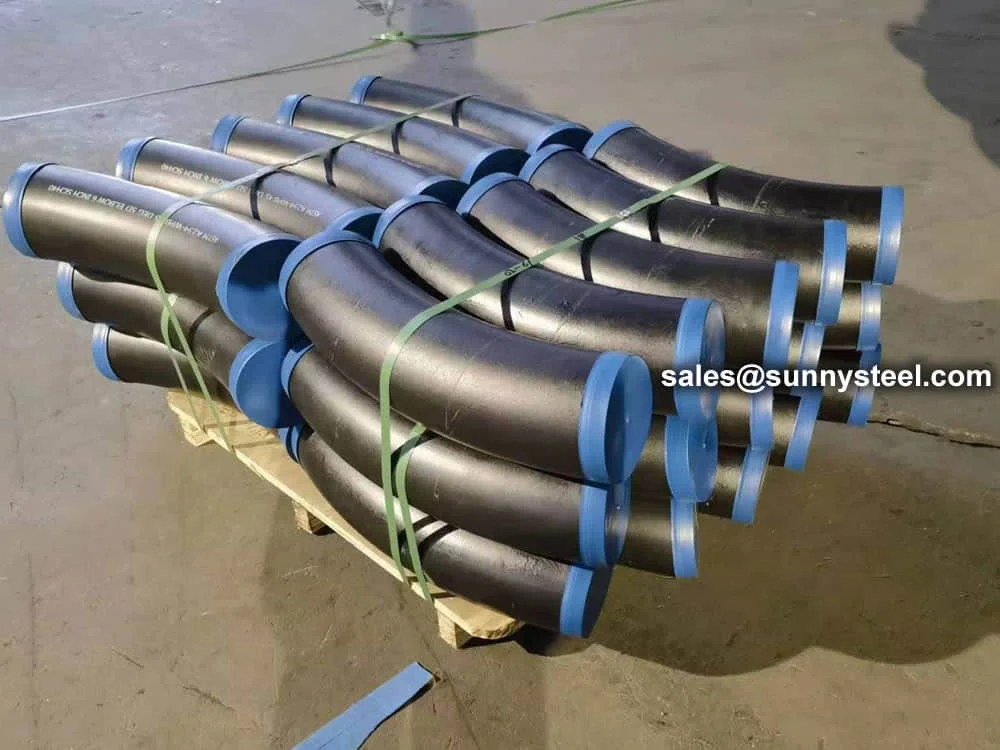
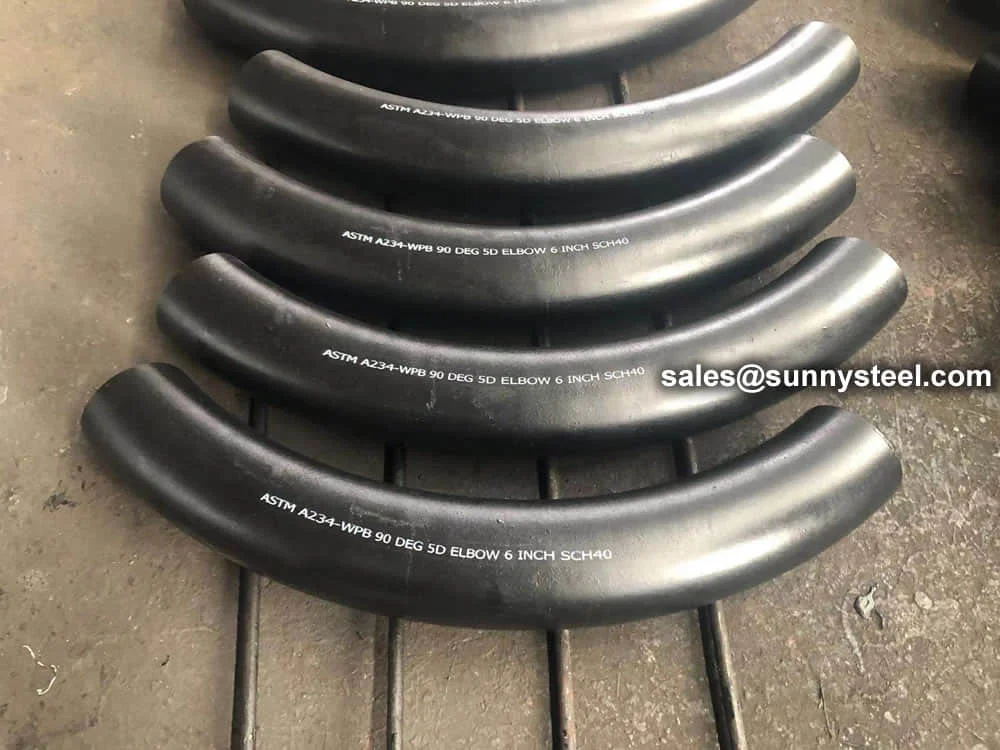
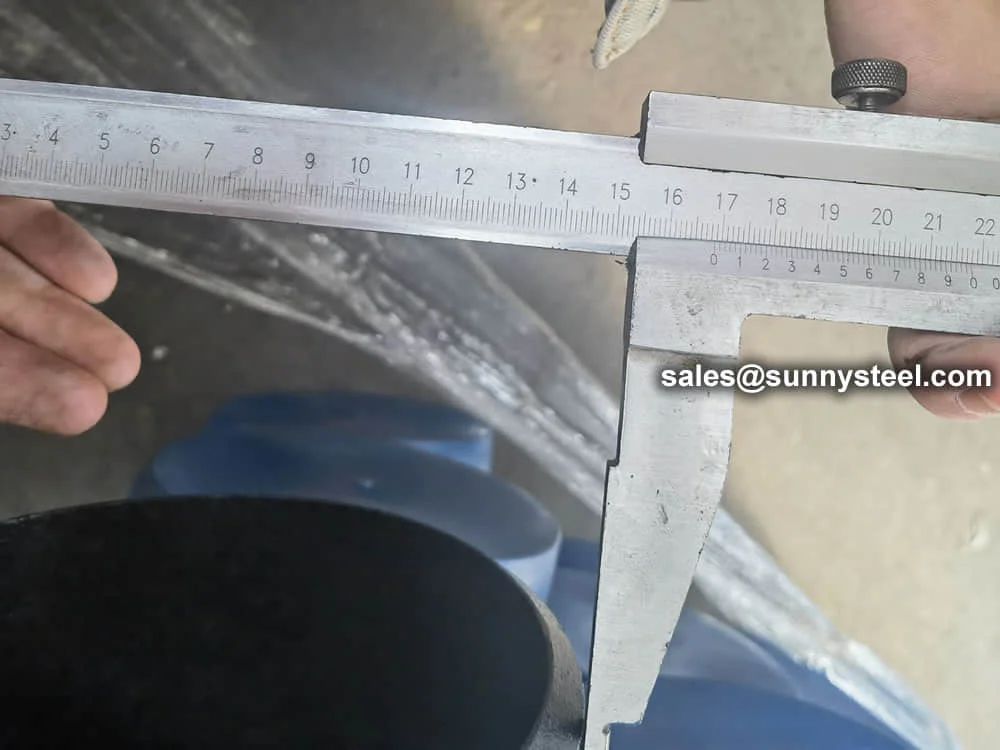
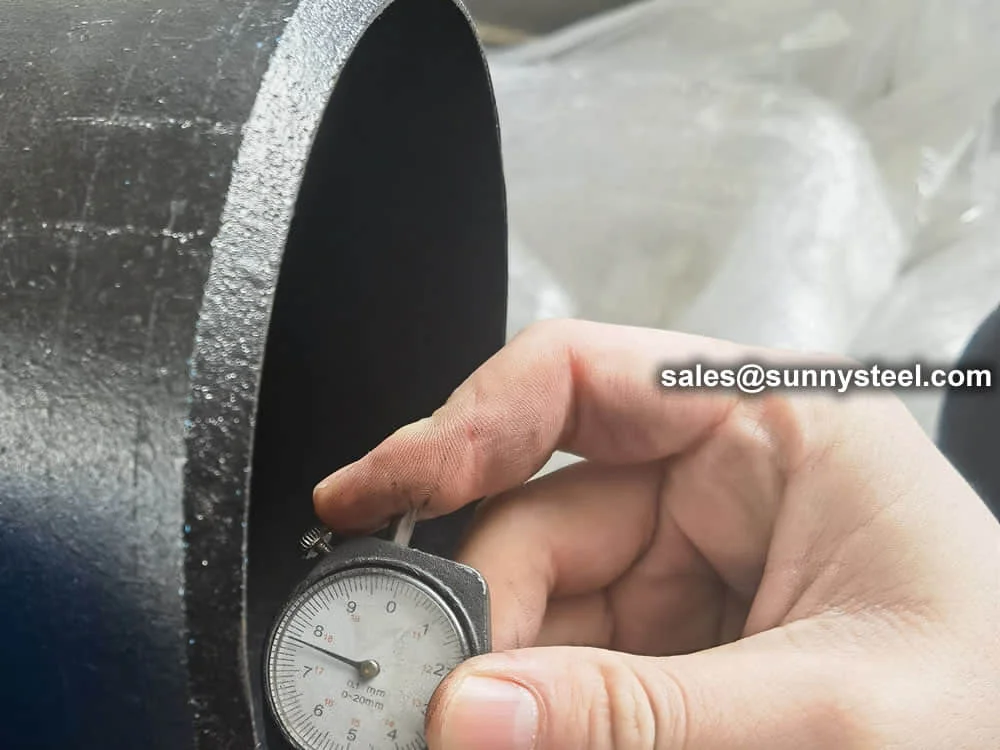
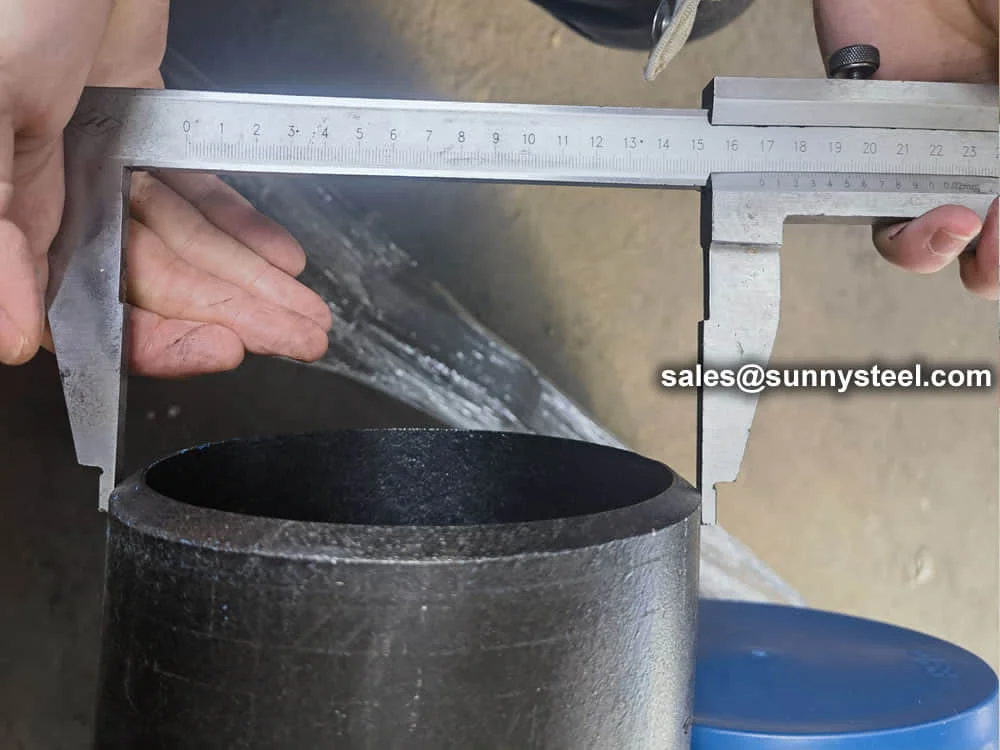
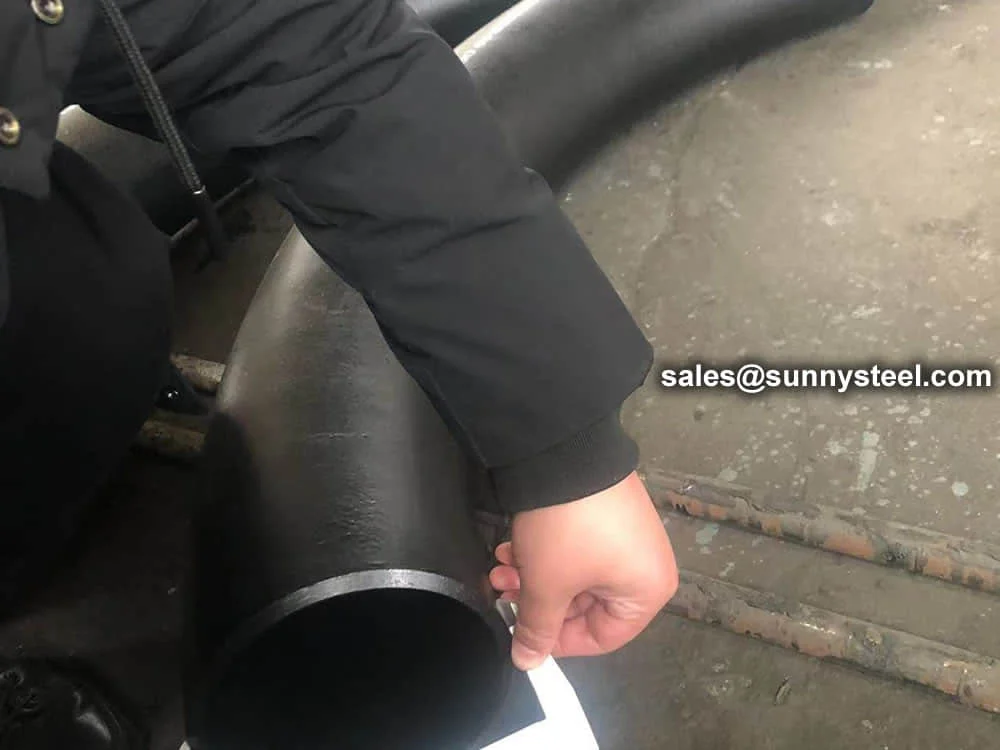
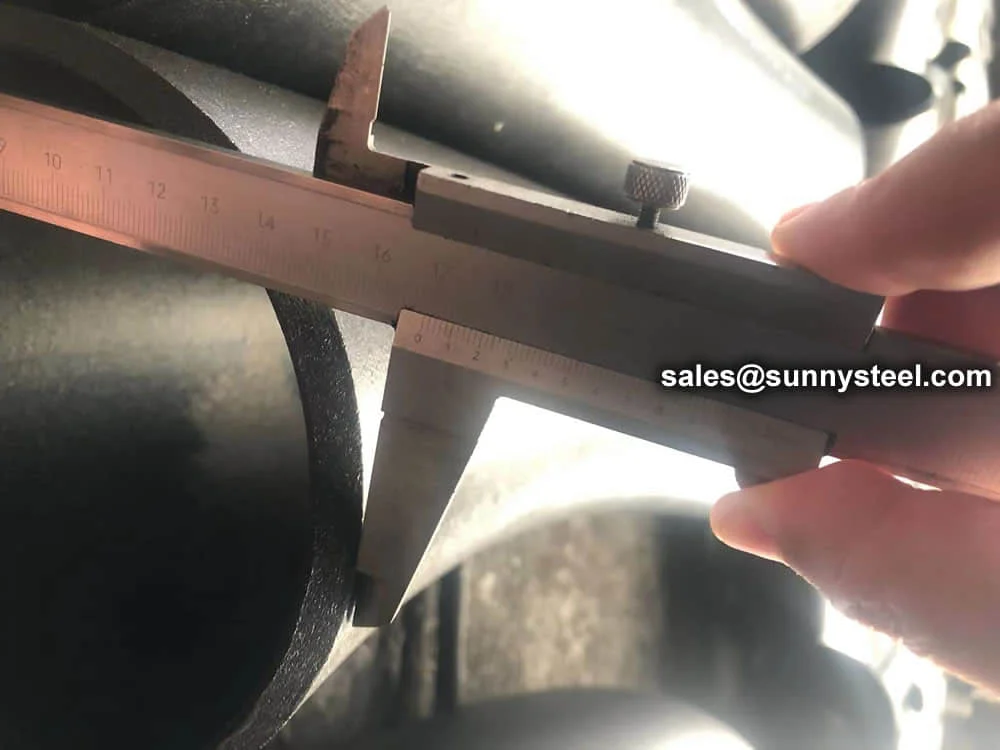
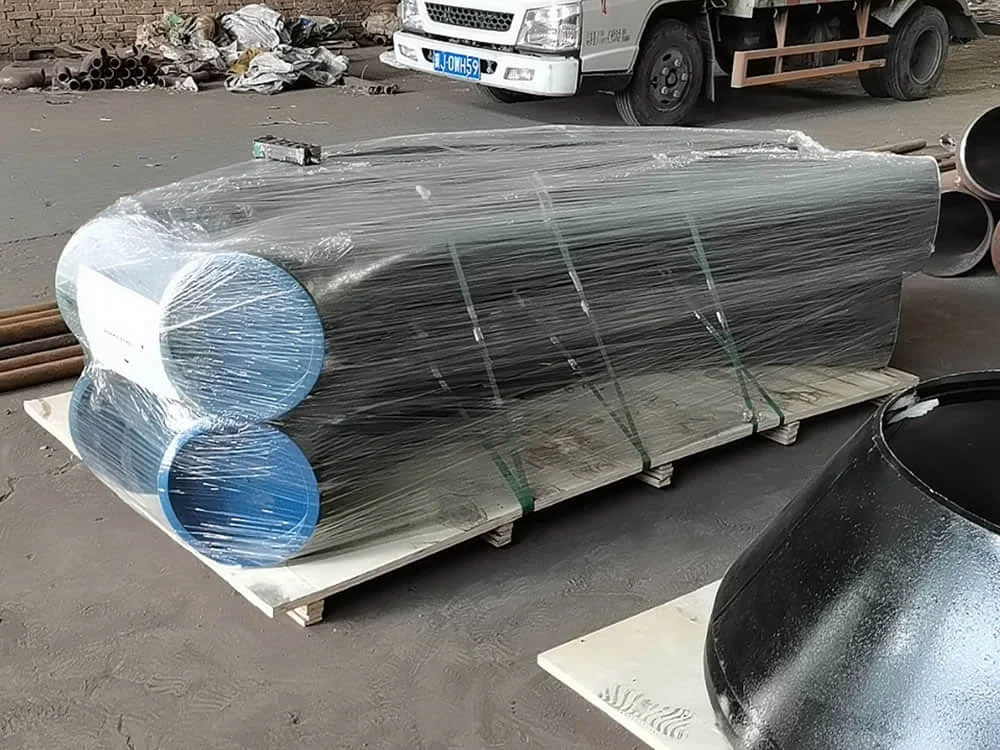
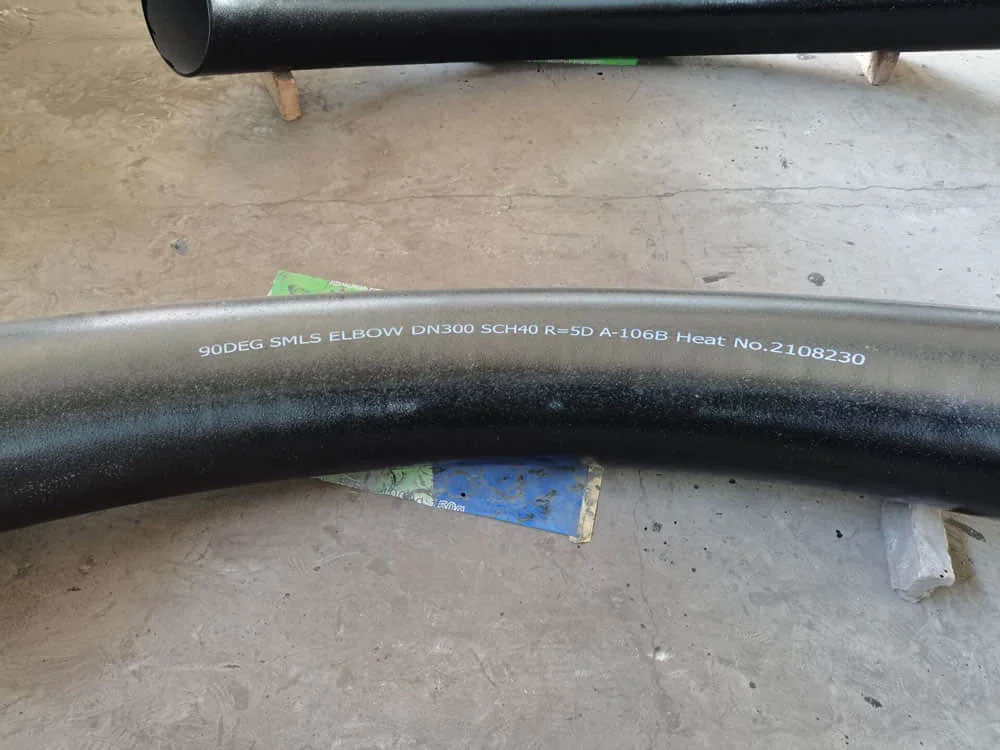
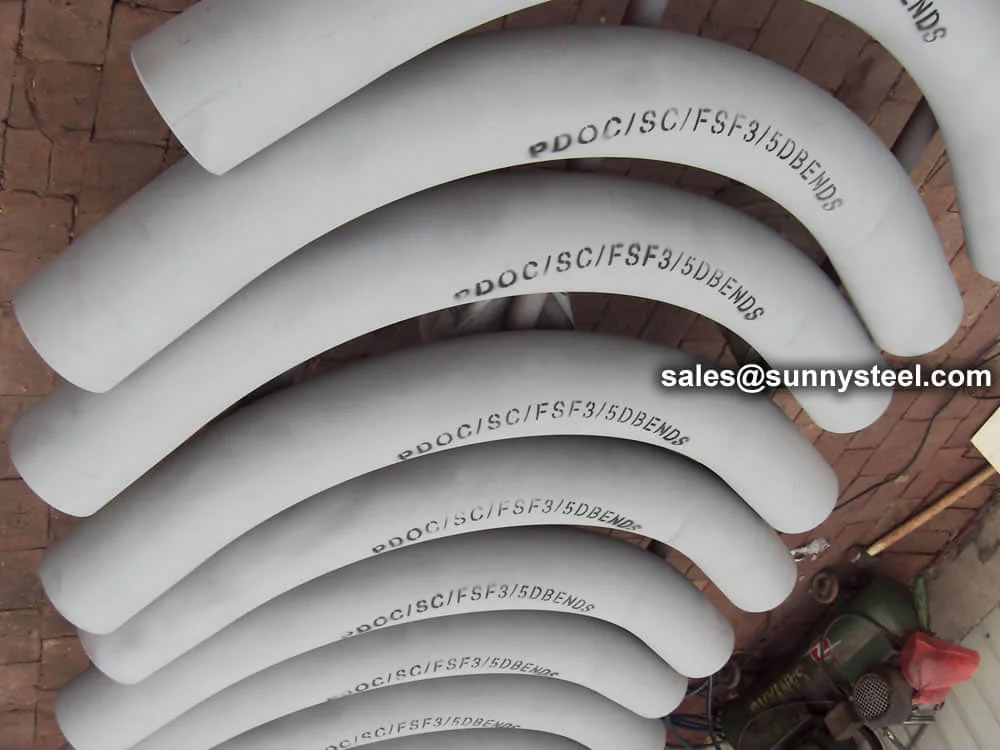
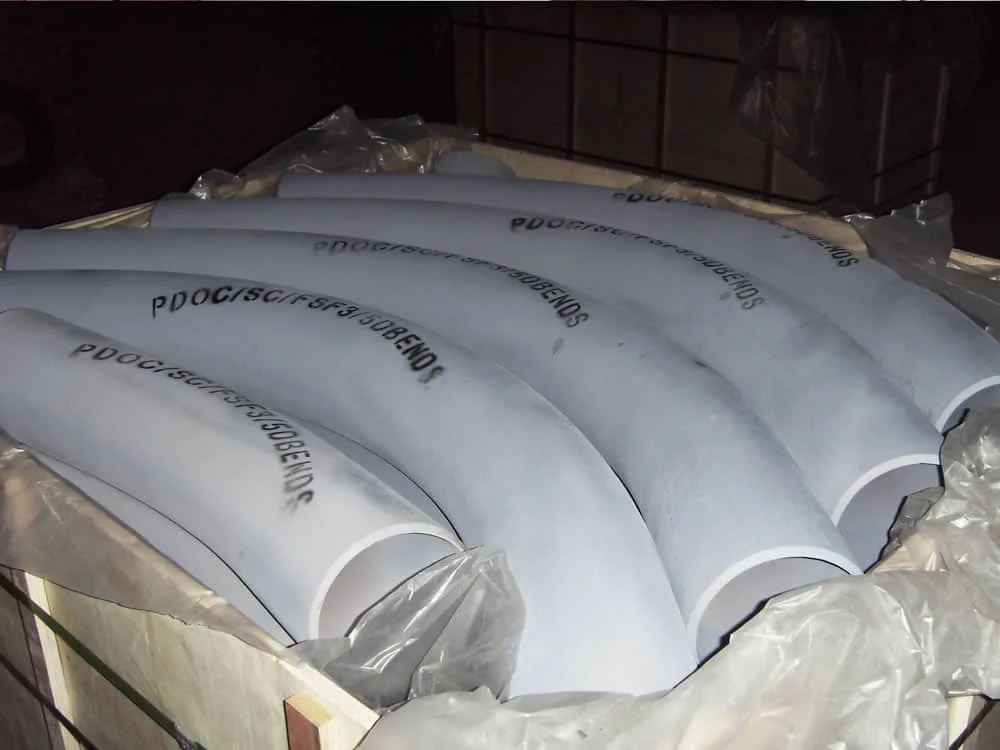
5D Pipe Bends are pipe fittings with a bend radius five times the pipe’s nominal diameter (e.g., a 10” pipe has a 50” radius), designed for industrial piping systems requiring minimal turbulence and optimal flow efficiency. Compliant with standards like ASME B16.9 and MSS SP-43, these bends are crafted from carbon steel (ASTM A234 WPB) or stainless steel (ASTM A403 WP304/WP316), offering superior strength, erosion resistance, and corrosion resistance. They are ideal for boiler pipeline protection in industries such as oil and gas, power generation, chemical processing, and automotive applications.
Manufactured through hot induction bending or cold-forming, 5D pipe bends ensure smoother flow transitions and lower pressure loss compared to 3D bends or standard elbows. Available in angles of 90°, 45°, 30°, or 180° (U-bends), and in sizes from 1/2” to 48” (DN15 to DN1200) with wall thicknesses from SCH 10 to SCH 160, these bends are suited for high-pressure and high-temperature systems (up to 870°C for stainless steel, 425°C for carbon steel).
5D pipe bends support welding, bending, and flanging, with excellent weldability for stainless steel and good weldability for carbon steel. Rigorous testing, including chemical analysis, tensile testing (≥370 N/mm² for carbon steel, ≥515 N/mm² for stainless steel), flattening, and nondestructive examinations (radiographic, ultrasonic, or eddy current), ensures compliance with industry standards for demanding applications.
Coated with galvanizing, FBE, or 3LPE for carbon steel, and passivation for stainless steel, 5D pipe bends enhance corrosion resistance, protecting against rust and chemical exposure. Their smooth interior surfaces and larger radius minimize flow resistance, making them suitable for boiler pipeline protection, long pipelines, refinery piping, and structural applications like handrails and sign frames.
For engineers seeking efficient and durable industrial piping solutions, 5D pipe bends deliver superior flow, high strength, and performance, addressing challenges like pipeline corrosion, mechanical stress, and high-pressure demands.
The 5D bend in pipe bending is an accomplishment in pipe manufacturing, and not all pipe companies can provide it.
The only alternative to finding a professional expert in 5D bends would be to attempt training your current employees to prepare the 5D bends for your business in-house. The cost outlay for this undertaking would be prohibitive, however, plus the advantages of having a self-trained 5D bender–versus hiring a professional company with experts who have been creating 5D bends for years–are practically non-existent. Hiring a professional to create the 5D bends piping for your business contracts is a win-win solution. The mere accident potential in having a newbie bending 5Ds is an insurance company’s statistical nightmare. It’s important to find a balance between finding a company that can provide you with what you want, at a price that you can afford. Contacting a company to find out what they are going to charge for 5d bending is critical. When you look at the bending, be specific as to anything else you may need from this company as well, including how much rolled pipe. The more you buy, the more affordable it can be.
The 5D bend in pipe bending is an accomplishment in pipe manufacturing, and not all pipe companies can provide it. The only alternative to finding a professional expert in 5D bends would be to attempt training your current employees to prepare the 5D bends for your business in-house. The cost outlay for this undertaking would be prohibitive, however, plus the advantages of having a self-trained 5D bender–versus hiring a professional company with experts who have been creating 5D bends for years–are practically non-existent. Hiring a professional to create the 5D bends piping for your business contracts is a win-win solution. The mere accident potential in having a newbie bending 5Ds is an insurance company’s statistical nightmare.
It’s important to find a balance between finding a company that can provide you with what you want, at a price that you can afford. Contacting a company to find out what they are going to charge for 5d bending is critical. When you look at the bending, be specific as to anything else you may need from this company as well, including how much rolled pipe. The more you buy, the more affordable it can be.
Larger radius bends offer several advantages for fluid flow in pipes. They provide smoother flow for various mediums such as water, slurry, oils, solids, and more. This reduced resistance results in improved flow efficiency compared to 1D or 1.5D bends. Additionally, longer bend radii help minimize turbulence, especially when compared to standard fittings.
When planning your piping project, it's essential to assess whether traditional 1D or 1.5D bends can effectively meet your requirements. If there are any doubts, it's advisable to consider using 3D or 5D bends to optimize your system's performance.
 Diagram of ASME B16.49 induction bend, 90° 3D Bend with Tangent lengths.
Diagram of ASME B16.49 induction bend, 90° 3D Bend with Tangent lengths.
| Specification | Details |
|---|---|
| Standards | ASME B16.9, MSS SP-43 |
| Materials | Carbon Steel (ASTM A234 WPB), Stainless Steel (ASTM A403 WP304/WP316) |
| Sizes | 1/2” to 48” (DN15 to DN1200) |
| Wall Thickness | SCH 10 to SCH 160 |
| Bend Radius | 5D (Five Times Pipe Diameter) |
| Angles | 90°, 45°, 30°, 180° (U-bends), or Custom |
| Manufacturing | Hot Induction Bending, Cold-Forming, Seamless, Welded |
| Coatings | FBE, 3LPE, Galvanizing (Carbon Steel), Passivation (Stainless Steel) |
| Testing | Chemical Analysis, Tensile, Flattening, Radiographic, Ultrasonic, Hydrostatic |
| Feature | 5D Pipe Bends | 3D Pipe Bends | Elbows (ASME B16.9) |
|---|---|---|---|
| Bend Radius | 5D (5x Pipe Diameter) | 3D (3x Pipe Diameter) | 1D (SR), 1.5D (LR) |
| Flow Characteristics | Smoothest, minimal turbulence | Smooth, moderate turbulence | Higher turbulence |
| Size Range | 1/2” to 48” (DN15 to DN1200) | 1/2” to 48” (DN15 to DN1200) | 1/2” to 24” (DN15 to DN600) |
| Applications | Long pipelines, refineries, high-pressure systems | Pipelines, automotive, structural | Compact piping systems |
| Corrosion Resistance | Enhanced by coatings/passivation | Enhanced by coatings/passivation | Enhanced by coatings/passivation |
| Key Advantage | Smoothest flow, least pressure loss | Balanced flow and space efficiency | Compact, cost-effective |
Our seasoned professionals bring extensive experience and attention to detail, ensuring flawless execution and exceptional results.
We invest in cutting-edge equipment and advanced machinery to deliver precise, efficient, and reliable pipe bending across all sizes and materials.
Every project is unique. We provide customized solutions designed to meet specific requirements, working closely with clients to deliver exact results.
From material selection to final bend, we follow strict quality standards to ensure each pipe bend meets industry regulations and client expectations.
Our efficient workflow and streamlined processes ensure projects are delivered on time—without compromising on quality.
A curated list of long-tail keywords for 5D pipe bends, covering diverse bending applications, specifications, and material properties.
Note: 5D pipe bends are designed for smooth flow and corrosion-resistant industrial piping across various applications. Contact a certified supplier for detailed specifications.

Radius is three times the nominal diameter. Compact design for space-limited applications.
Radius is five times the nominal diameter. Optimal balance of flow and space requirements.
Radius is ten times the nominal diameter. Maximum flow efficiency with minimal pressure drop.
For a 10-inch diameter pipe with a 5D bend:
Centerline Radius = 5 × 10 inches = 50 inches
The radius calculation helps determine the space requirements and flow characteristics of the bend.
| Material Type | Grades & Standards |
|---|---|
| Stainless Steel | ASTM A403 WP Gr. 304, 304L, 304H, 309, 310, 316, 316L, 316Ti, 317L, 321, 347, 347H, 904L |
| Carbon Steel | ASTM A 234 WPB, WPBW, WPHY 42, WPHY 46, WPHY 52, WPH 60, WPHY 65 & WPHY 70 |
| Low-Temperature Carbon Steel | ASTM A420 WPL3, A420 WPL6 |
| Alloy Steel | ASTM / ASME A/SA 234 Gr. WP 1, WP 5, WP 9, WP 11, WP 12, WP 22, WP 91 |
| Duplex & Super Duplex Steel | ASTM A815, ASME SA 815 UNS 31803, UNS 32205 (Dual Certified) |
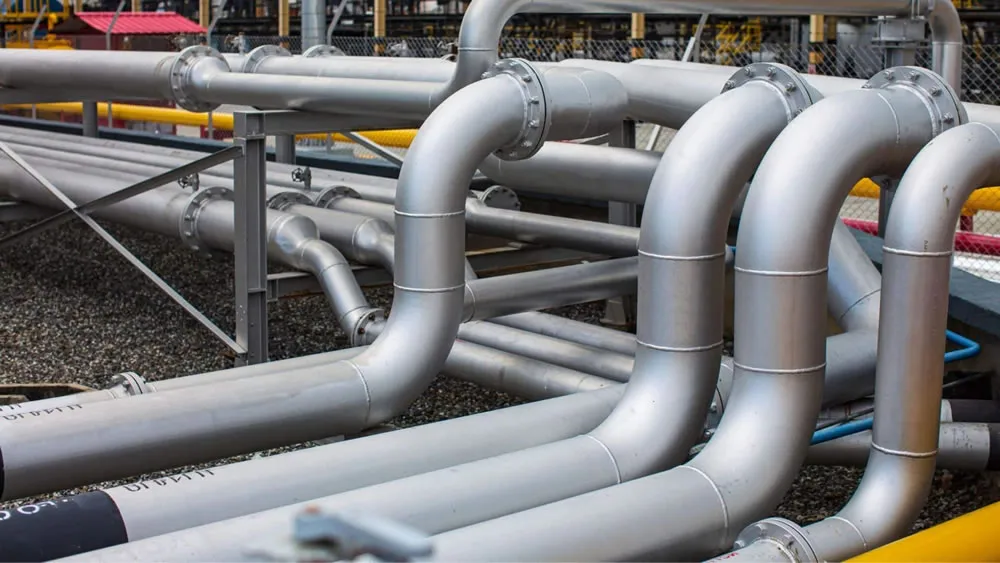
The 5D Pipe Bending are used in the following industries:
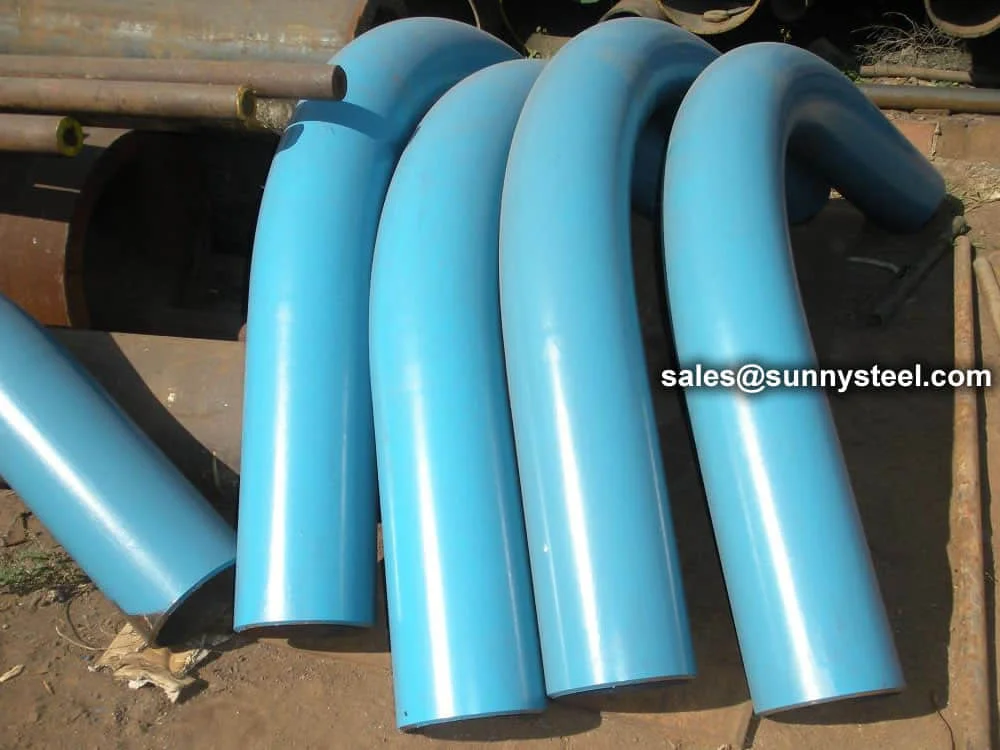
A 7d pipe bending is a pipe bend that the bend rad...
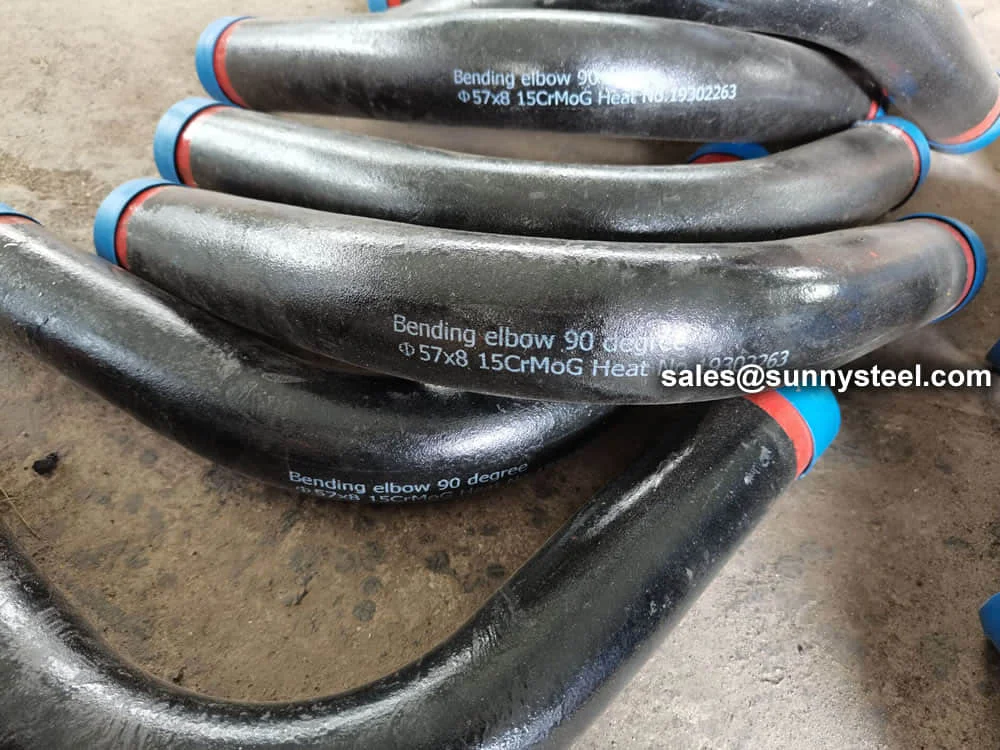
15crmog pipe bending involves shaping seamless all...
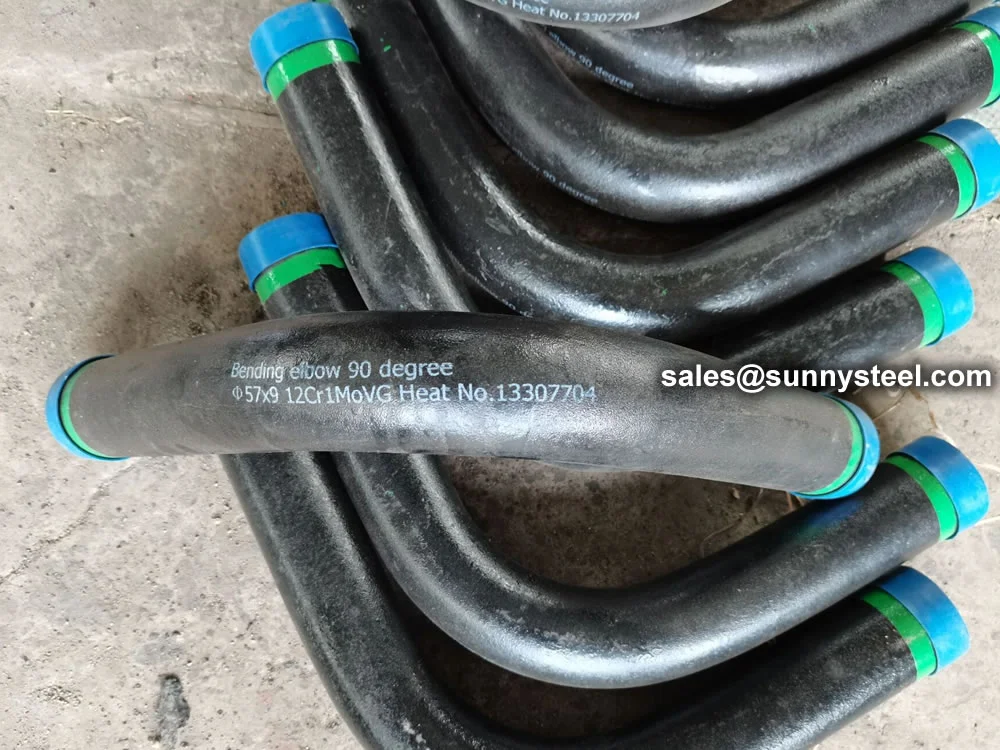
12cr1movg pipe bending refers to the process of sh...
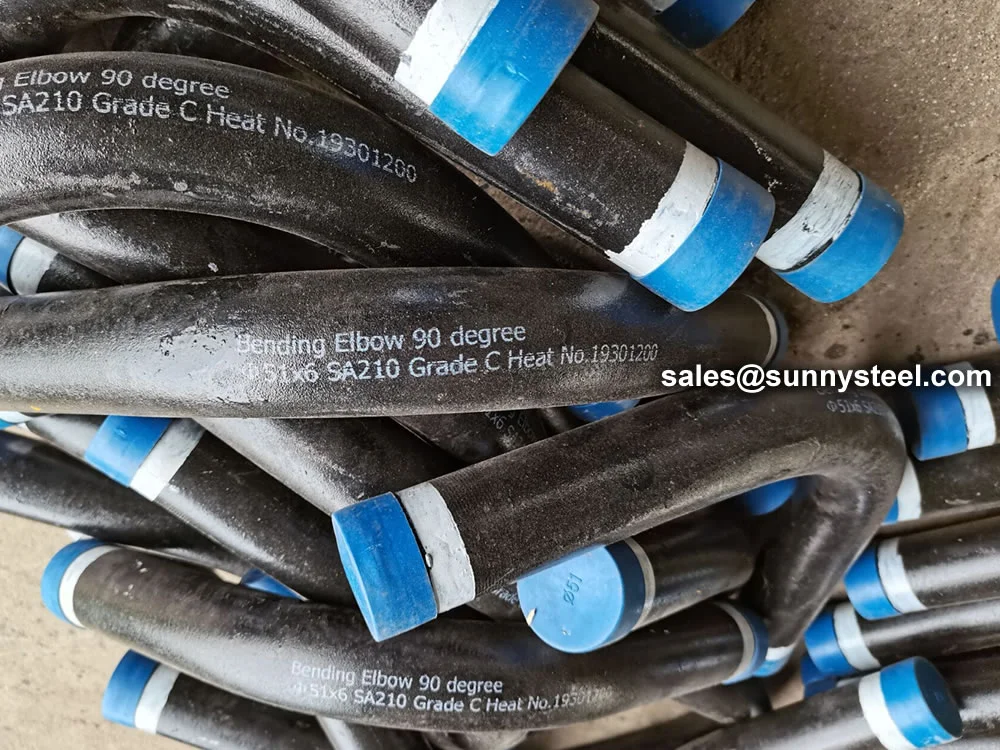
Astm a210 grade c pipe bending involves forming se...
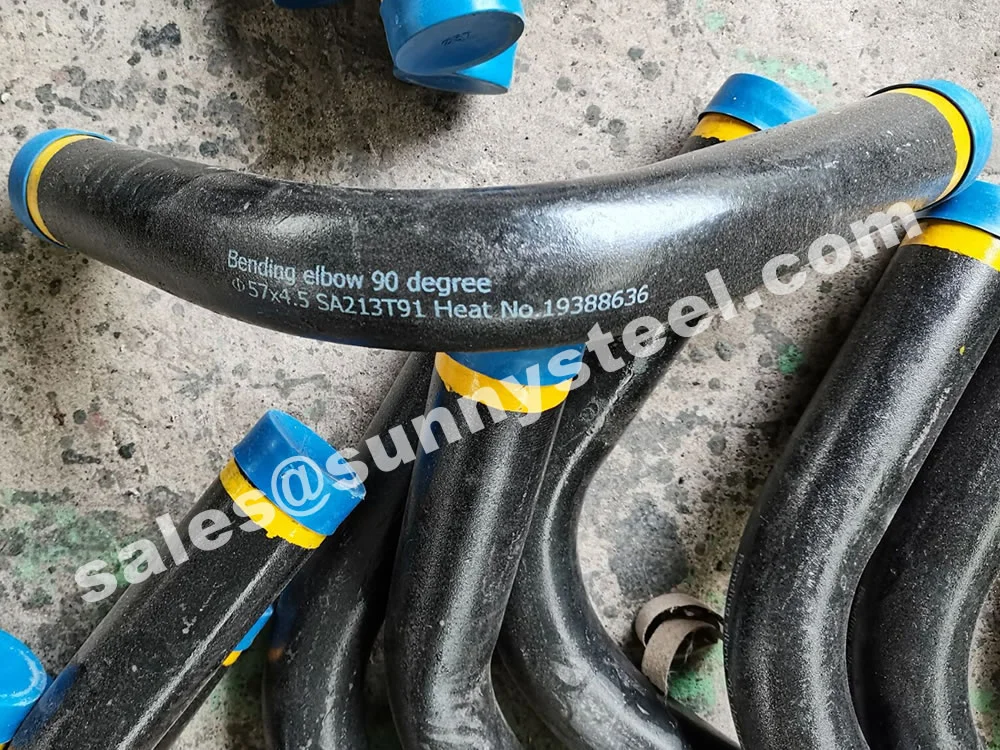
Bending astm a213 t91 requires special care and te...
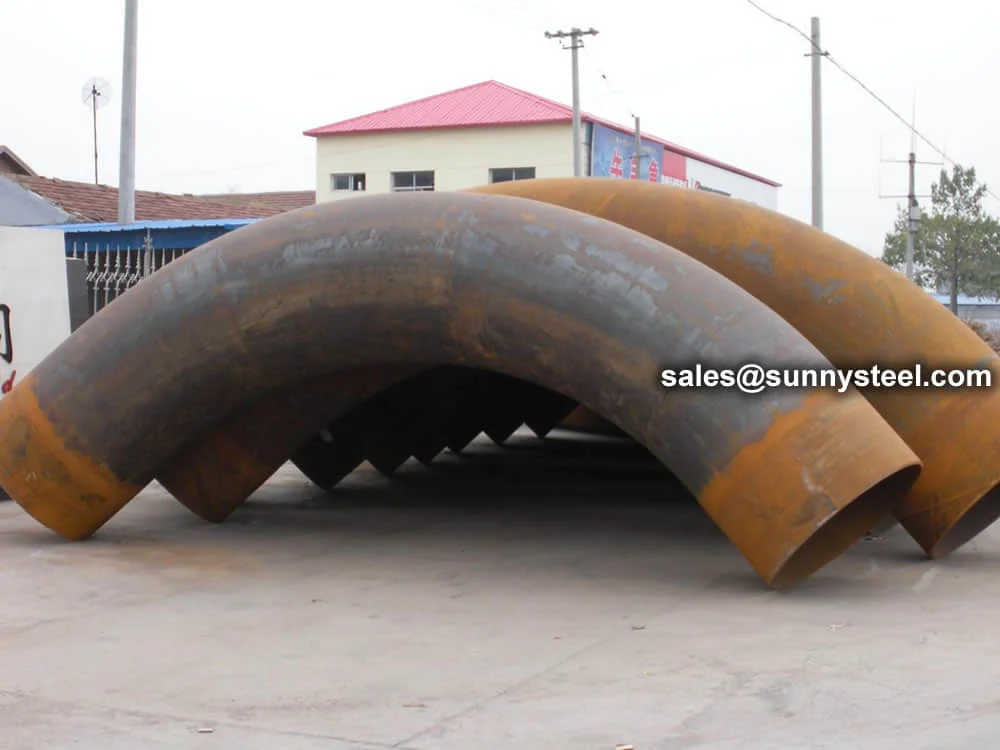
Large size pipe bending refers to the technique of...